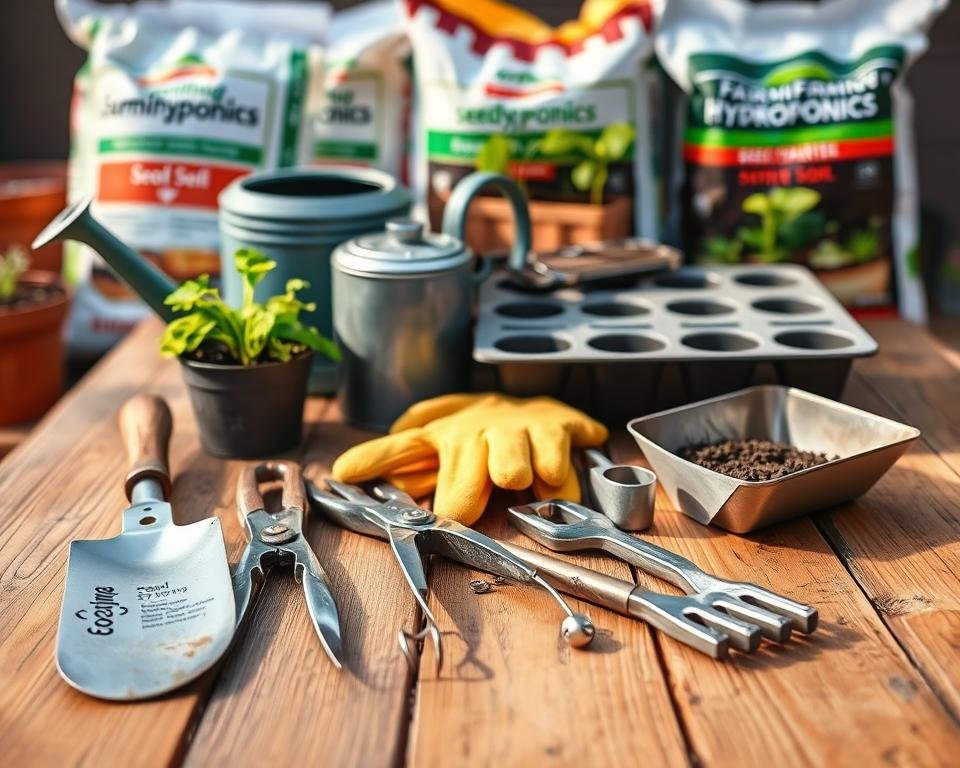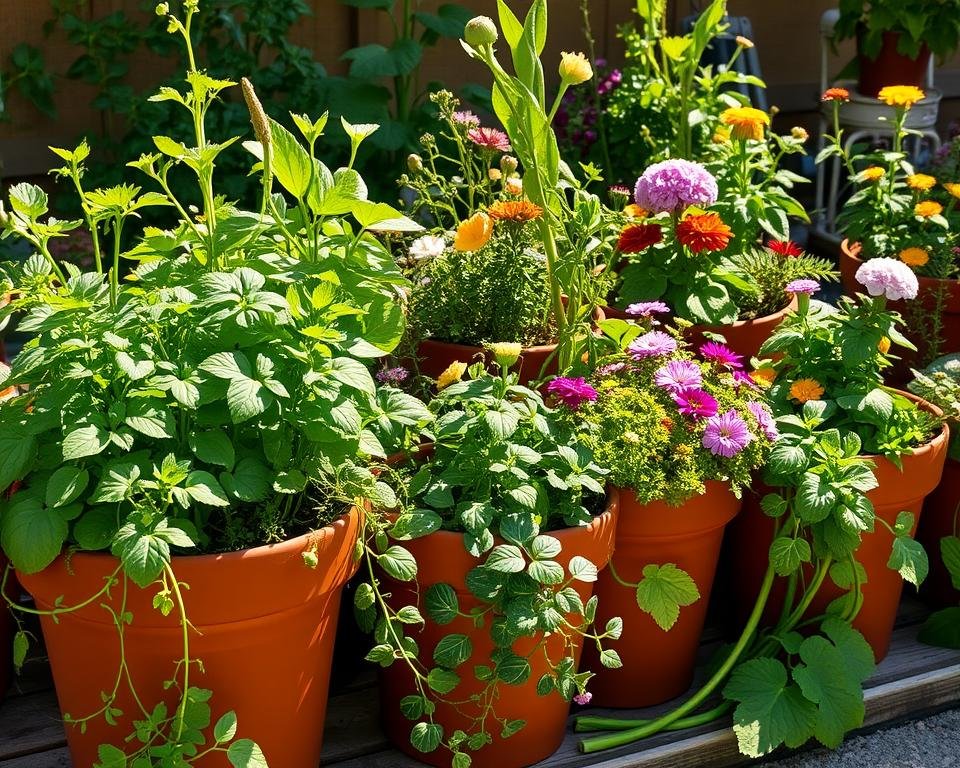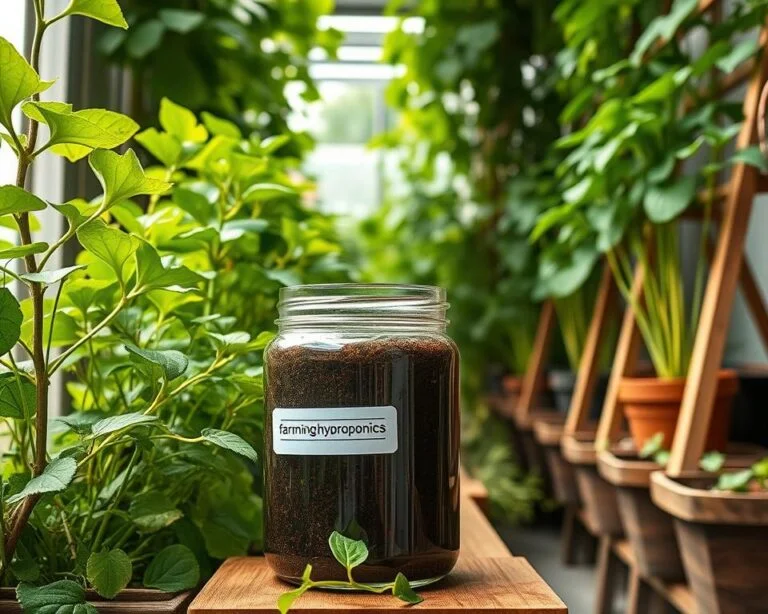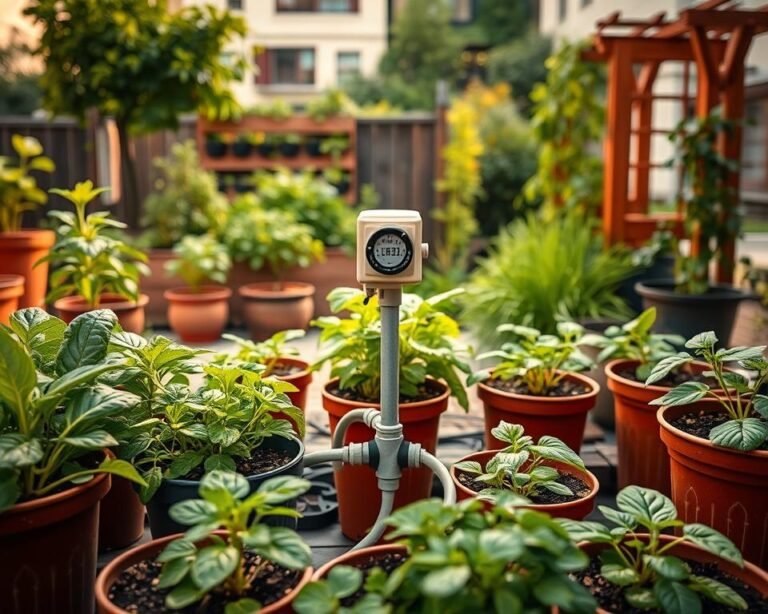Companion Planting Guide for Container Gardens
Growing up in a small urban apartment, I found a way to make plants thrive in tight spaces. My tiny balcony became a colorful garden thanks to companion planting. It turned each container into a mini-ecosystem where plants work together, and now, I rely on a simple companion planting guide to get the best results.
Companion planting in container gardens is more than a trick. It’s a smart way to make your garden grow better. By picking the right plants, you can see your garden grow up to 20% more. It turns your small space into a lush, productive garden.
Imagine your plants teaming up like friends. They naturally keep pests away and help each other grow. This way of gardening makes the most of your space. It turns your small garden into a powerhouse that gives great results.
Key Takeaways
- Companion planting can increase container garden crop yields by 20%
- Strategic plant pairing reduces the need for chemical pesticides
- Container gardens can support complex plant ecosystems
- Natural pest management through intelligent plant combinations
- Maximize limited gardening space with smart planting techniques
Understanding Companion Planting Basics
Companion planting is key to successful organic gardening. It changes how you garden vegetables. It pairs plants that help each other grow better.
Your container garden can do great with the right plant friends. The companion planting guide shows how to make your garden better.
Benefits of Plant Combinations
Companion planting has many benefits for your garden:
- Natural Pest Control: Some plants keep pests away
- Soil gets better
- Plants take in more nutrients
- More pollination happens
Container Garden Requirements
Container gardening needs the right stuff. Think about these important things:
- Good soil
- Drainage
- Enough sunlight
- Right amount of water
Principles of Space Optimization
Make your container garden better with vertical gardening and smart plant pairs. For example, sunflowers can shade plants that don’t like heat. This makes your garden more productive.
Strategic plant placement is key to a thriving container garden.
By using companion planting, you’ll have a garden that’s strong and works well with nature.
Essential Container Gardening Tools and Materials

Starting a container garden needs the right tools and materials. Your journey in organic gardening begins with picking the right equipment. Knowing the essential tools can make your gardening experience better.
When starting your container garden, consider these key tools:
- Hand trowel (used by 90% of gardeners)
- Pruning shears
- Watering can
- Gardening gloves
- Wire plant supports
Choosing the right containers is key for sustainable gardening. Containers should be at least 10 inches wide for vegetable growth. Self-watering planters help water last longer, making gardening more efficient.
Consider these tips for optimal container selection:
- Select containers with proper drainage
- Use dark-colored containers cautiously in hot climates
- Ensure containers are deep enough for specific plants
Soil preparation is crucial for a successful container garden. Fill pots so the soil is 2-3 inches below the rim. Most vegetables need watering every few days, more often in hot weather.
Pro tip: A good pair of gardening gloves protects your hands and makes gardening more enjoyable!
Your container garden can thrive with the right approach. Invest in quality tools, choose the right containers, and follow sustainable agriculture practices. This will help your garden reach its full potential.
Companion Planting Guide
Container gardening needs careful planning to grow well and keep pests away. Learning about companion planting helps make your small garden thrive.

Companion planting is a smart way to control pests and improve crops. It pairs plants to attract good bugs and boost garden health.
Compatible Plant Pairs
Some plants go great together in container gardens. Here are top picks:
- Tomatoes + Basil: Basil keeps tomato hornworms away
- Carrots + Onions: Onions confuse carrot flies
- Marigolds + Vegetables: Reduces pest damage by 20%
Spacing Requirements
Right spacing is key for good companion planting. Follow these container garden tips:
| Plant Combination | Container Size | Recommended Plants |
|---|---|---|
| Tomato Companion | 12-inch pot | 1 tomato plant, 2-3 basil plants |
| Vegetable Mix | 18-inch container | 2 pepper plants, 3 bush bean plants |
Seasonal Planning
Crop rotation keeps soil healthy. Use a three-year rotation plan to avoid pests and nutrient loss. Legumes like beans add nitrogen, helping other crops grow.
“Nature’s balance is the key to a successful garden” – Gardening Wisdom
With these companion planting tips, you can make a container garden that fights pests and grows well.
Troubleshooting Common Container Garden Issues
Successful container gardening needs careful planning and quick action. Knowing how to tackle common problems helps your plants grow well. Symbiotic planting helps fight pests and diseases, making your garden strong and productive.
Identifying Pest Management Strategies
Container gardens often deal with pests like aphids, spider mites, and whiteflies. Natural pest control methods, such as neem oil and insecticidal soap, can help. These methods don’t harm good insects.
Planting herbs like basil and marigolds can also keep pests away. This can cut down pest damage by up to 60%.
Preventing Garden Diseases
Preventing diseases starts with spacing and watering right. Don’t overcrowd your containers to avoid fungal diseases. Water plants at the base to prevent powdery mildew and root rot.
Choose plants that resist diseases and keep the soil pH between 6.0 and 7.0. This helps your plants stay healthy in your container garden.
Optimizing Garden Space
To make the most of your container garden, use smart space management. Try vertical gardening and multi-tiered systems to grow more. Self-watering containers keep the soil moist, and regular pruning stops diseases from spreading.
With good planning, even a small garden can give you lots of fresh, organic food right at home.







